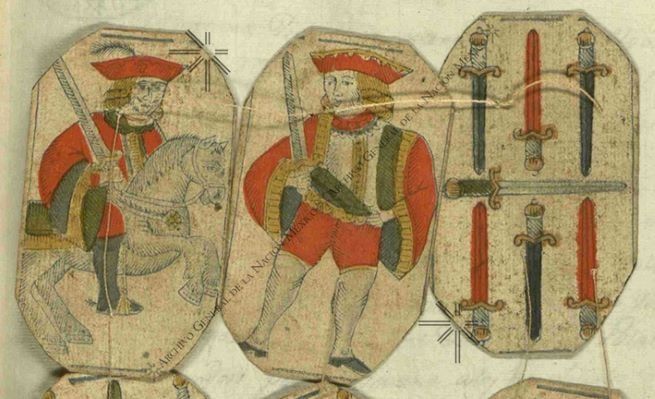The administration and difficulties of the New Spain card shop, a valuable business
At one point, the playing card tobacco shop became one of the main sources of income for the Hispanic Monarchy. Nevertheless, its administration came to be plagued by various problems, from gambling to the counterfeiting of playing cards. Get to know some of them through the documents of the AGN.





